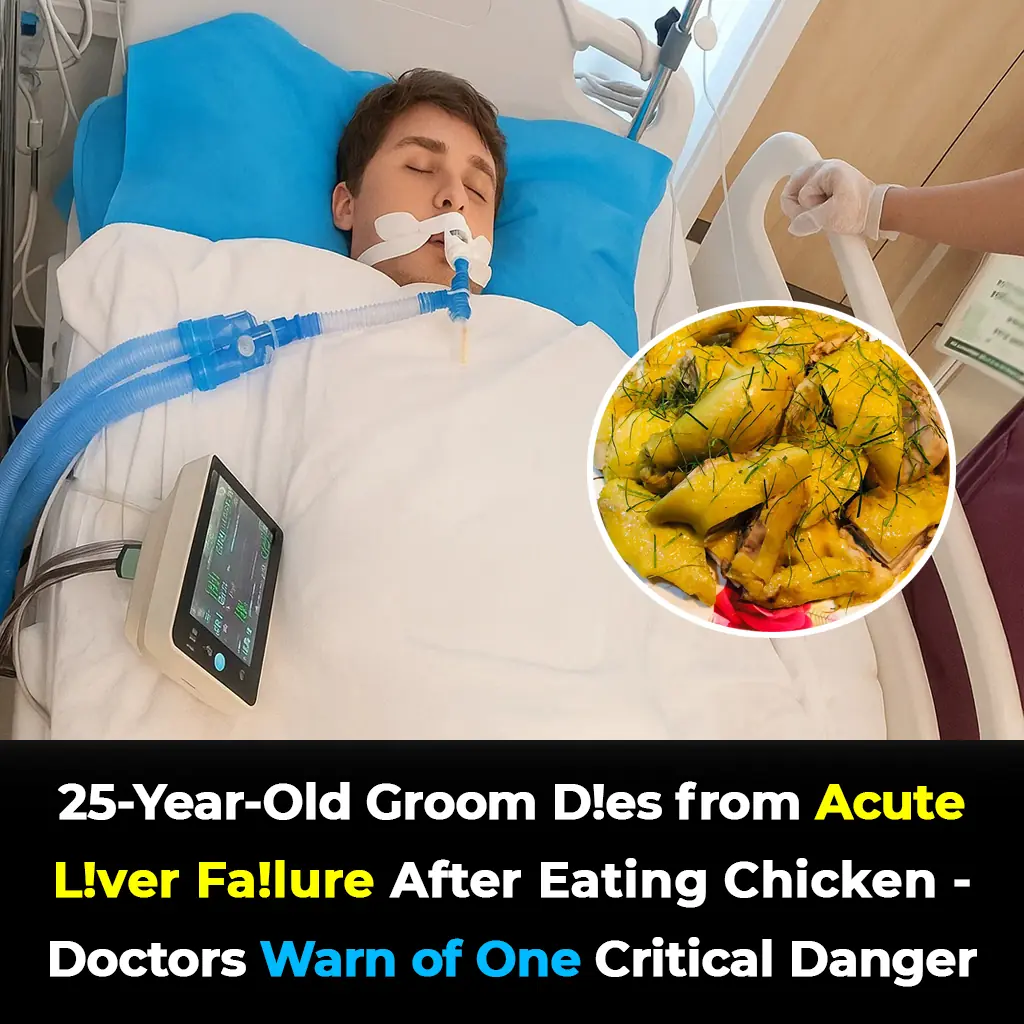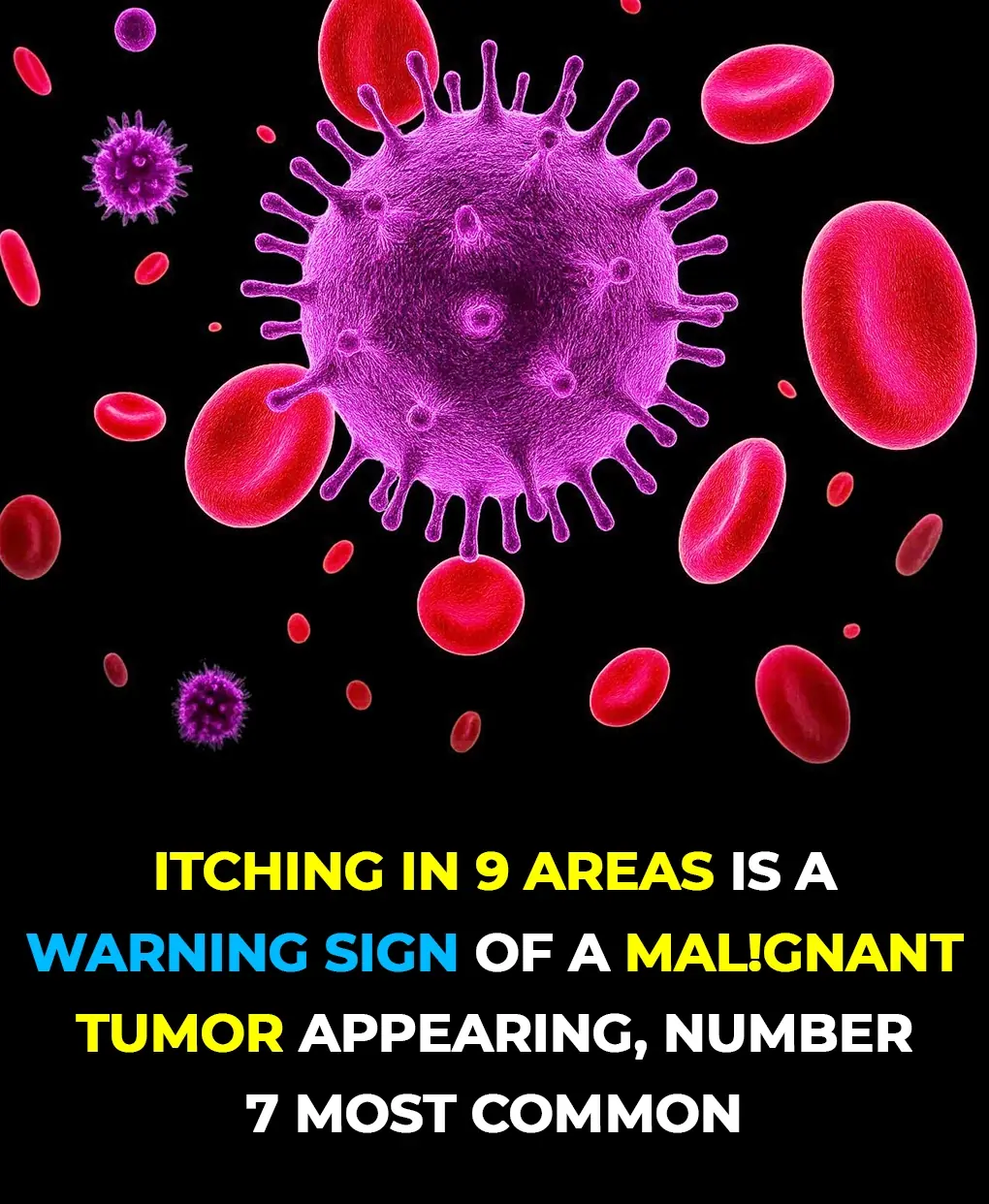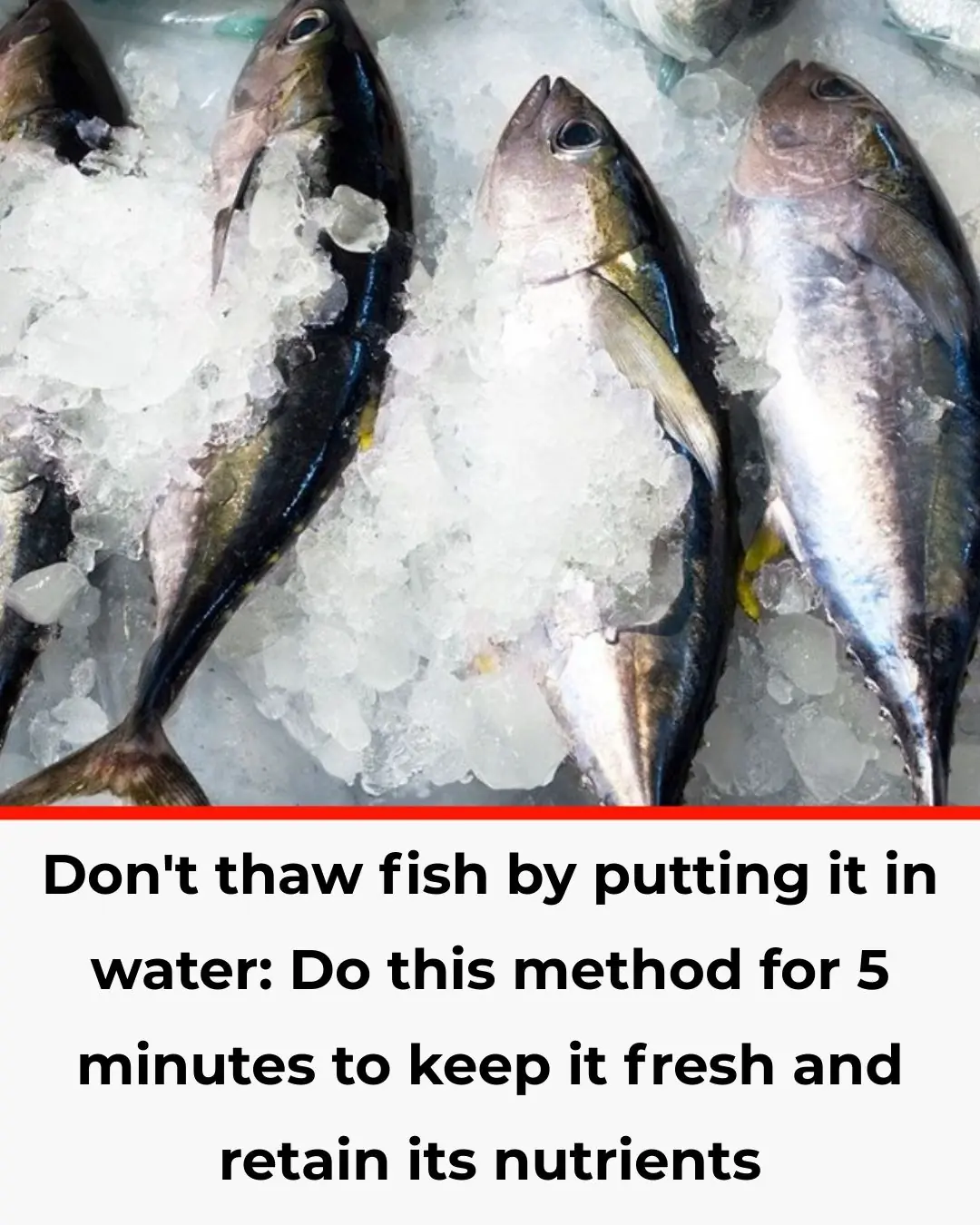
Urgent Health Warning Issued After Pigs With ‘Neon Blue’ Flesh Are Discovered in One Specific Part of the Us

When the Wild Turns Blue: California’s Toxic Warning Hidden in Wild Pigs
What if the next wild pig you encountered looked completely normal on the outside — but glowed an electric, unnatural blue on the inside?
For hunters in California, that unsettling question is no longer hypothetical.
In recent months, multiple reports have surfaced out of Monterey County describing feral hogs with muscle and fat tinted a shocking, almost fluorescent, “blueberry blue.” At first glance, the phenomenon sounded like something pulled straight from a science-fiction movie. Then, graphic photos began circulating online — images of vivid blue flesh that spread rapidly across social media, sparking disbelief, alarm, and a surge of urgent questions:
What could possibly cause such a transformation? Was it safe to eat? And how far had the problem already spread?
As it turns out, this eerie glow is not a harmless curiosity of nature. It’s a vivid warning — a sign that toxic chemicals have found their way into the wild food chain and, potentially, onto our plates.
The Startling Discovery
The first major case this year came in March, when Dan Burton, a veteran wildlife control specialist, was field-dressing a hog near the Salinas River in Monterey County.
Instead of the deep red muscle tissue he’d seen countless times, Burton found a blaze of neon blue running through the meat.
“I’m not talking about a little blue,” Burton told the Los Angeles Times. “I’m talking about neon blue — blueberry blue.”
Alarmed, he reported the incident to county officials, who quickly contacted the California Department of Fish and Wildlife (CDFW).
This wasn’t the first time something strange had been found. Years earlier, in nearby Morgan Hill, a ranching family had butchered a seemingly ordinary pig only to discover fluorescent-blue fat beneath the skin. Back then, no one could explain it, and the unsettling images lingered quietly in obscure corners of the internet.
Now, however, sightings are multiplying. Hunters, ranchers, and trappers throughout the region are encountering similarly discolored pigs, and this time the reports are impossible to ignore. Social media has amplified the sense of alarm, with many describing the glow as equal parts fascinating and terrifying.
The Science Behind the Glow

The explanation, though sobering, is clear: these pigs are contaminated with diphacinone, an anticoagulant rodenticide widely used in agriculture.
Diphacinone is intentionally dyed a vivid blue to make it distinguishable from animal feed or natural food sources. Unfortunately, wild pigs — known for their strength and persistence when foraging — have been breaking into bait stations intended for rodents. In other cases, they likely ate poisoned rodents directly, absorbing the chemical secondhand.
Once inside the body, the blue dye seeps into fatty tissues and muscle fibers, creating the bizarre electric coloration hunters have been reporting.
Even more concerning is what you can’t see. The bright color is only a surface indicator. Research by the USDA and other agencies has shown that wild pigs can carry dangerous levels of rodenticide even when their flesh looks completely normal. In one 2018 survey, nearly 10% of sampled pigs carried anticoagulant residues without any visible signs of contamination.
This means hunters and consumers could be unknowingly handling — or even eating — tainted meat.
Health and Ecological Risks

The discovery of neon-blue muscle isn’t just shocking; it’s a serious public health warning.
Diphacinone is formulated to cause fatal internal bleeding in rodents, but it doesn’t break down easily once ingested by other animals. In pigs, the compound lingers in fat, muscle, and organs, making the meat unsafe for human consumption.
Cooking offers no safety net. Experts at CDFW stress that heat does not neutralize anticoagulant toxins. Eating the contaminated meat — even well-cooked — risks “secondary exposure,” which in humans can lead to symptoms ranging from nosebleeds and dizziness to internal hemorrhaging and, in severe cases, organ failure.
The ripple effects extend far beyond humans. Predators and scavengers feeding on contaminated pigs or poisoned rodents can also suffer. A statewide survey revealed that over 80% of black bears near agricultural zones carried rodenticide residues. Mountain lions, owls, and even endangered species like the California condor have been impacted, underscoring the cascading effects of these chemicals throughout entire ecosystems.
Regulation and Community Response

California has long struggled to balance the agricultural need for pest control with the protection of non-target wildlife.
In 2024, the state tightened restrictions on diphacinone, limiting its sale to licensed professionals. But broad agricultural exemptions mean that bait stations remain common on farms, ranches, and orchards, keeping wildlife exposure risks high.
CDFW officials have urged vigilance. “Rodenticide exposure can be a concern for non-target wildlife in areas where applications occur in close proximity to wildlife habitat,” said Dr. Ryan Bourbour, CDFW’s pesticide investigations coordinator, in a recent statement.
Some landowners are taking matters into their own hands. Burton, the trapper who first raised the alarm, said several of his clients have removed bait stations from their properties entirely after seeing hogs tear into them.
Conservationists are also calling for broader adoption of integrated pest management (IPM) — approaches that rely less on chemical poisons and more on ecological methods, like modifying habitats, sealing off food sources, or encouraging natural predators such as hawks and owls to keep rodent populations in check.
Public reaction has been swift and intense. Viral images of the glowing pigs have fueled heated debates about chemical safety, wildlife ethics, and government oversight. Many Californians now see the phenomenon as a flashing red warning light about our relationship with the land.
What to Do If You See Blue Meat

For hunters, farmers, or anyone handling wild game, the guidance is simple: do not eat discolored meat — and treat any neon-blue coloration as a serious hazard.
Cooking, freezing, or curing the meat will not neutralize diphacinone. If you encounter blue muscle or fat, report it immediately to the CDFW’s Wildlife Health Lab by emailing [email protected] or calling (916) 358-2790. Photos and detailed location information help officials track contamination hotspots and take action.
Even more importantly, don’t assume that normal-looking meat is safe. Given the high rate of hidden contamination, hunters are urged to exercise caution when harvesting game near agricultural areas where rodenticides are commonly used.
For landowners, small changes can make a big difference — from switching to less-toxic pest control options to rethinking habitat design to reduce rodent infestations naturally.
A Warning We Can’t Ignore
The strange glow of blue flesh inside California’s wild pigs is more than a viral oddity — it’s a sign of how easily human-made chemicals can spread beyond their intended targets.
A poison designed to wipe out rodents is now coursing through the veins of ecosystems, climbing the food chain, and landing a little too close to home.
This is a moment for vigilance and for change. Whether you’re a hunter in the field, a farmer tending your crops, or a consumer concerned about food safety, the lesson is the same: our choices matter.
If California’s blue pigs teach us anything, it’s that ignoring these warning signs isn’t an option. The balance between human needs and the natural world is delicate — and once disrupted, the consequences are impossible to contain.
News in the same category


'Hostile' comet aimed at Earth could obliterate the world's economy 'overnight' if it hits

Iconic movie sequel delayed until 2027 after online sleuths 'guessed the plot'

Don’t Sleep With Your Pets

The Secret Meaning of the Letter “M” on Your Palm

The Remarkable Journey of Tru Beare, Who Was Born Weighing Only One Pound

Researchers Create Injectable Hydrogel to Boost Bone Strength

If You Have Moles on This Part of Your Body

Can You Spot the Hidden Number?

Beware of the Plastic Bottle Scam: A New Car Theft Tactic

Chinese Scientists Say They Created a Cure for Type 1 Diabetes

Rob Gronkowski forgot he invested $69,000 in Apple and ten years later the value has completely changed his net-worth

Scientists discover that powerful side effect of Ozempic could actually reverse aging

Scientists warn ancient Easter Island statues could vanish in a matter of years

NASA astronaut describes exactly what space smells like and it's not what you'd expect

Subtle Signs Your Passed Loved One Is Watching Over You

What Does a Thumb Ring Really Mean

Do Not Put These Things In The Freezer
News Post

Researchers Find Higher Intelligence Is Correlated With Left-Wing Beliefs and Seems to Be Genetic

25-Year-Old Groom Dies from Acute Liver Failure After Eating Chicken – Doctors Warn of One Critical Danger!
Doctors caution people with pre-existing liver conditions, weakened immune systems, or chronic illnesses to exercise extra care when handling poultry and other high-risk.

What Your Legs Can’t Say, Your Vagina Can — The Truth About the Female Body Most People Don’t Know

9 Areas Where Itching Could Signal Malignant Tumors — #7 Happens Most Often

The World’s Deadliest Food Kills 200 People Every Year — Yet 500 Million Still Eat It
Despite its deadly reputation, millions of people continue to eat this every day without issue.

Everything You Need to Know About Nighttime Urination And When To Start Worrying

Doctor Warns on TikTok: The Hidden Dangers of Kissing the Dying

Boosting Fertility: The Surprising Power of Lifestyle on Semen Quality and Reproductive Health
In many cases, the most effective solutions are already within reach—on your plate, in your daily habits, and in the way you manage your mental well-being.

3 Dangerous Habits of Husbands That Secretly Put Their Wives at Higher Risk of Cervical Cancer
Cervical cancer doesn’t just come from genetics or lifestyle — sometimes, it’s fueled by a husband’s hidden habits. These three common behaviors may seem harmless, but they silently put wives at serious risk if not stopped in time.

YouTuber shows crazy impact running 5k every day as a total beginner has on your body

Chilling moment Google's Gemini broke father out of delusion that he was 'changing reality' from his phone

'Hostile' comet aimed at Earth could obliterate the world's economy 'overnight' if it hits

Iconic movie sequel delayed until 2027 after online sleuths 'guessed the plot'

Wooden Cutting Board Got Black Mold? Skip the Soap—Do This 5-Minute Reset

Don’t Use Plain Water for Flower Arrangements

When Boiling Sweet Potatoes, Don’t Use Plain Water—Add a Spoonful of This for Softer, Sweeter Results

Don’t Thaw Fish by Putting It in Water

Don’t Clean Your Bathroom Mirror with Plain Water
